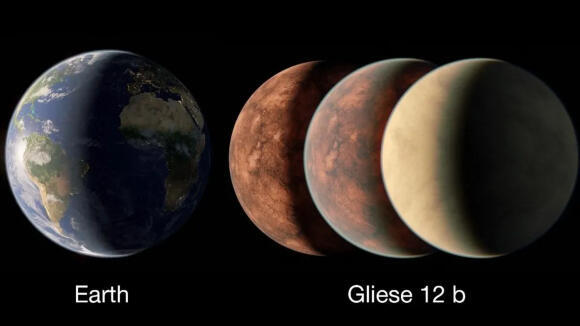A few days ago, China successfully completed the first space mission designed to bring soil samples from the far side of the moon back to Earth. The lander of the Chang’e-6 mission successfully landed on Sunday morning inside the Apollo Crater – a crater spanning about 500 kilometers nestled within the giant South Pole-Aitken Basin - an enormous crater spanning over 2,000 kilometers in diameter. The crater is located in the southern part of the far side of the moon, which never faces Earth.
The lander is equipped with a scoop and a drill to collect samples from the soil, and the Chinese space agency hopes it will collect about two kilograms of soil and rocks. After about 48 hours on the lunar surface, the sample collection container inside a part of the lander took off from the lunar surface and was launched to dock with an unmanned spacecraft waiting in orbit around the moon. It is planned to bring the container back to Earth and drop it off towards the end of June.

The Chang’e-6 mission was launched about a month ago, and four days later it successfully entered orbit around the moon. Since then, it has made several maneuvers to enter a closer orbit to the lunar surface, and the autonomous landing took place during the lunar morning in the Apollo Crater, capitalizing on optimal lighting and visibility conditions. The Chinese mission also includes a tiny rover and collaborative efforts with several countries, incorporating scientific instruments from France and Sweden t.























